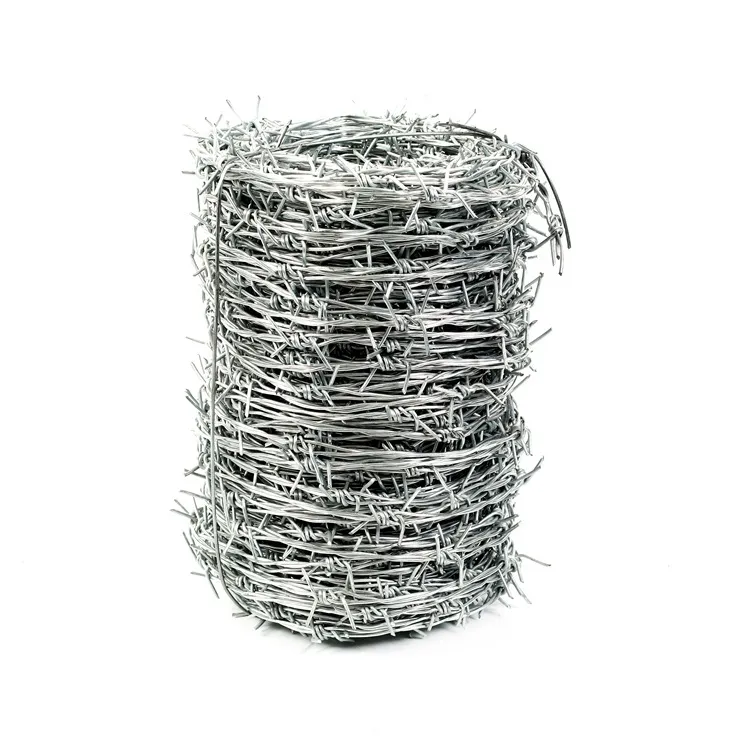10 月 . 31, 2024 05:15 Back to list
chicken mesh wall construction
The Construction of Chicken Mesh Walls A Practical Guide
In recent years, chicken mesh walls have become a popular choice for various construction projects. Whether you are looking to enclose a garden, build a chicken coop, or create a safety barrier, chicken mesh walls provide an effective and versatile solution. This article explores the benefits, materials, and techniques involved in constructing chicken mesh walls.
What is Chicken Mesh?
Chicken mesh, sometimes known as poultry netting or wire mesh, is a type of fencing made from interwoven wires. It is primarily designed to keep small animals contained, hence its common use in chicken coops. Chicken mesh typically has a hexagonal or square opening shape, which allows for ventilation while still providing a durable barrier. It is available in various gauges, with thicker wires offering more strength and resistance against potential predators.
Benefits of Chicken Mesh Walls
One of the primary advantages of chicken mesh walls is their affordability. Compared to solid walls or more robust fencing options, chicken mesh is relatively inexpensive and easy to acquire. Additionally, its lightweight nature makes installation straightforward.
Another significant benefit is the flexibility of chicken mesh. It can be easily cut and shaped to fit any project, accommodating irregular spaces and uneven terrains. This makes it ideal for DIY enthusiasts and those looking to customize their outdoor spaces.
Moreover, chicken mesh walls provide excellent visibility and airflow. Unlike solid structures, chicken mesh allows sunlight and air to filter through, promoting a healthier environment for plants and animals within its confines. This is especially important for chicken coops, where proper ventilation is crucial for the wellbeing of the birds.
Materials Required
chicken mesh wall construction

To build a chicken mesh wall, you'll need the following materials
1. Chicken Mesh Choose the appropriate gauge and height based on your project requirements. 2. Posts Wooden or metal posts will anchor the chicken mesh in place. Ensure they are sturdy enough to support the mesh. 3. Fasteners Use staples, nails, or wire ties to secure the mesh to the posts. 4. Tools Common tools needed include wire cutters, a hammer, a staple gun, and a measuring tape.
Construction Techniques
1. Planning Before starting, determine the dimensions of your wall and mark the area where the posts will be placed. Consider the height and layout necessary for your specific needs.
2. Post Installation Dig holes for the posts, ensuring they are deep enough to provide stability. Insert the posts and secure them with concrete or compacted soil.
3. Attaching the Mesh Lay the chicken mesh flat against the exterior side of the posts. Begin by securing one end with staples or nails, then stretch the mesh taut as you work your way along the posts.
4. Finishing Touches Once the mesh is attached, trim any excess material. Inspect the wall for any gaps that could allow small animals to escape or predators to enter, and make necessary adjustments.
Conclusion
Constructing chicken mesh walls is a practical and economical solution for a variety of applications. With a little planning and the right materials, you can create a functional and visually appealing barrier that serves multiple purposes. Whether for livestock containment, garden protection, or simply as a decorative feature, chicken mesh walls are an excellent choice for both new and seasoned builders. With their ease of installation and adaptability, they remain a favored option in backyard projects.
-
Secure Your Roof with Quality Roofing Nails
NewsNov.04,2024
-
Secure Your Property with Quality Field Fencing
NewsNov.04,2024
-
Enhance Your Space with Quality Mesh Fencing
NewsNov.04,2024
-
Discover the Versatility of Iron Wire for Your Projects
NewsNov.04,2024
-
Discover the Versatility of Common Nails for Your Projects
NewsNov.04,2024
-
Discover Quality Hydraulic Fittings for Your Applications
NewsNov.04,2024









